Here in the Minneapolis area, we see a lot of homes with real wood siding. And while we understand the appeal of natural materials, genuine wood siding has its drawbacks. One of the downsides to this siding material is the potential for water damage. (It's one of the reasons we recommend other wood-look siding materials such as our seamless steel siding) to our Twin Cities customers. Obviously our weather creates a number of issues with moisture on home exteriors, especially those that have real wood siding. But there are related factors you may have not considered.
These Things Could Be Causing Water Damage to Your Wood Siding
- Do you have an irrigation or automatic watering system? It may be producing spray or splash against your home. Turn your system on and walk around your house, making note of any heads that are directing water against the house. Broken sprinkler heads as well as a too-high water force setting may also do this. Replace broken heads, reposition sprinklers, and adjust spray patterns to eliminate watering your home instead of your grass. By the way, even manual sprinklers via garden hose can do this. Make sure when you're turning on your sprinkler you observe its pattern throughout the cycle. And keep in mind if you've got watering going on during a windy day, the wind could redirect the water as well.
- Are your overhangs and gutter system sufficient? Some older homes in our area have minimal overhangs (or worse, none at all). Overhangs need to extend out enough to protect the siding by directing water away from the house instead of straight down its walls. If your overhangs are deep, the problem could be with your gutters. If your rain-handling system isn't able to handle heavy rains, you may be getting overflow that cascades down the walls instead of to the downspout and away from the house. Or your gutters might be sagging or leaking. In any case, it may be a good idea to have your rain-handling system inspected. We install a seamless steel gutter system that has oversized downspouts that have enlarged openings - big enough to handle our heavy rains.
- The problem could be with how the land around the foundation is graded, as well as the soil drainage. You want enough of a slope away from the foundation so that the water is directed away rather than pooling up. That can result in damaging up-splash. The problem could also be with any mulch or whatever surrounds the foundation. Areas where sidewalks run close to the house can create an area where rain can splash back up. Soil and grass absorb water better than rocks or concrete. Even wood chips are a better mulch solution next to your foundation than crushed rock.
Subscribe to Quarve Contracting's Blog


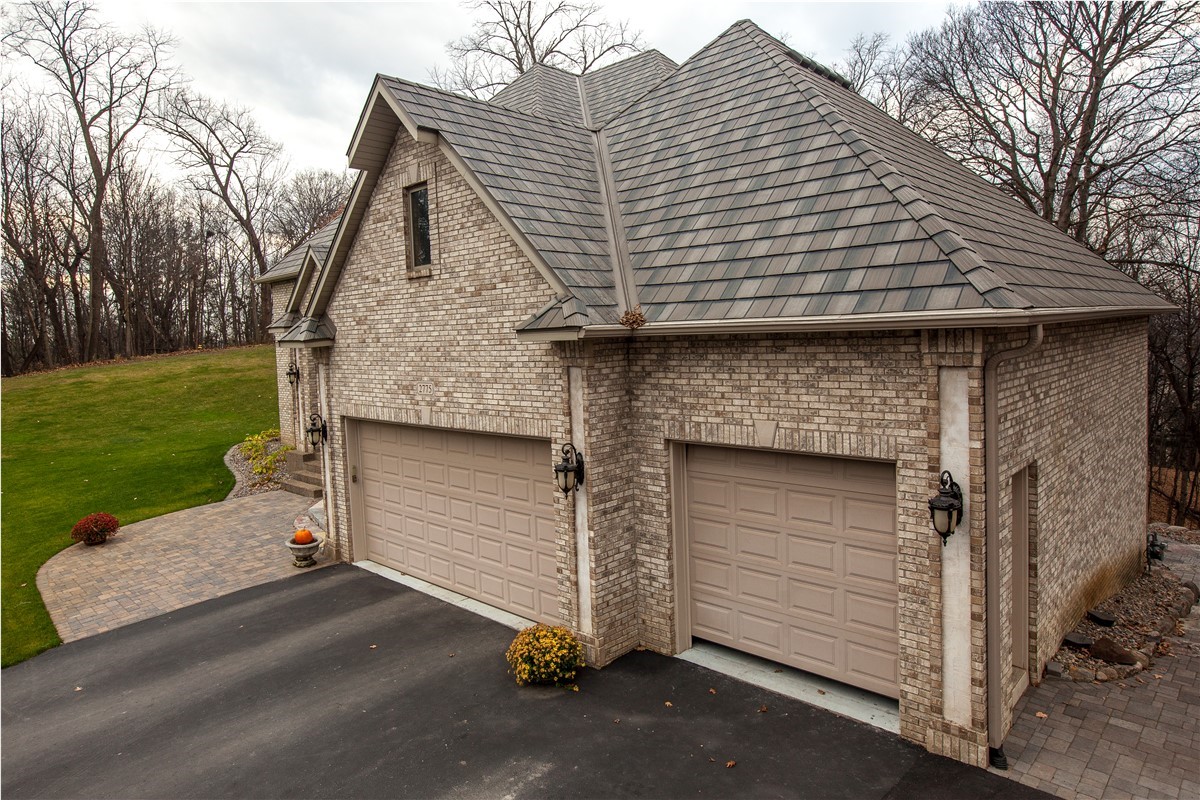
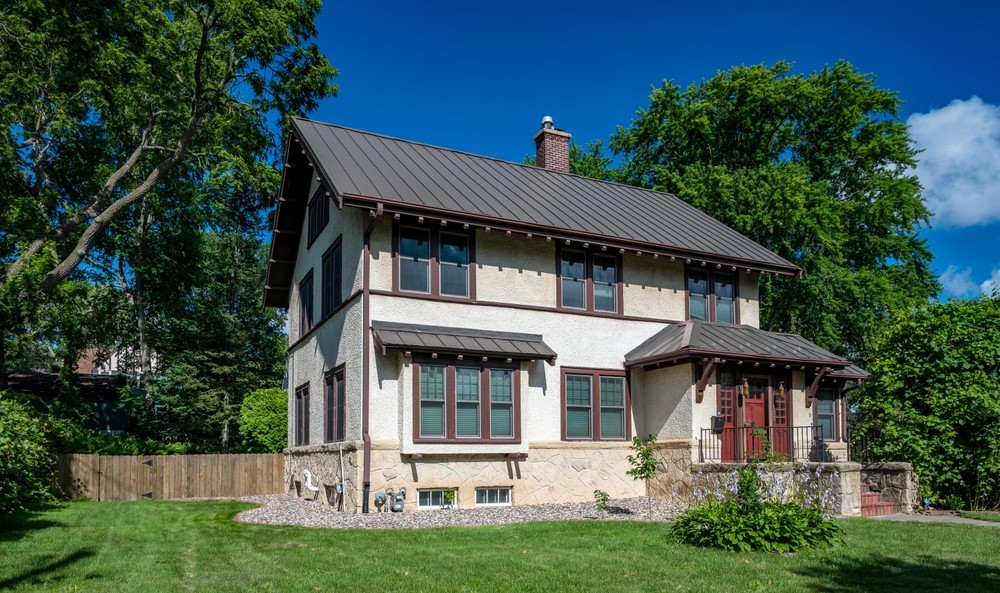
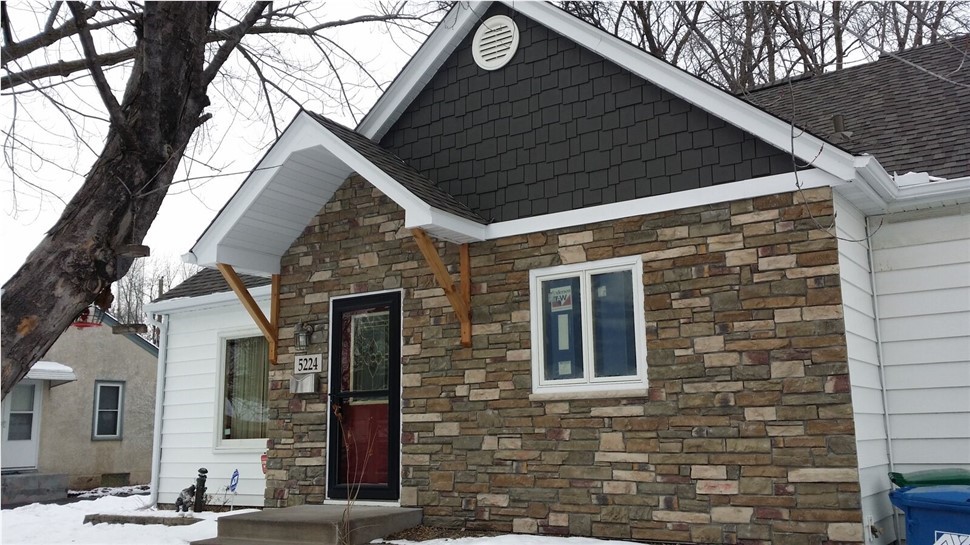
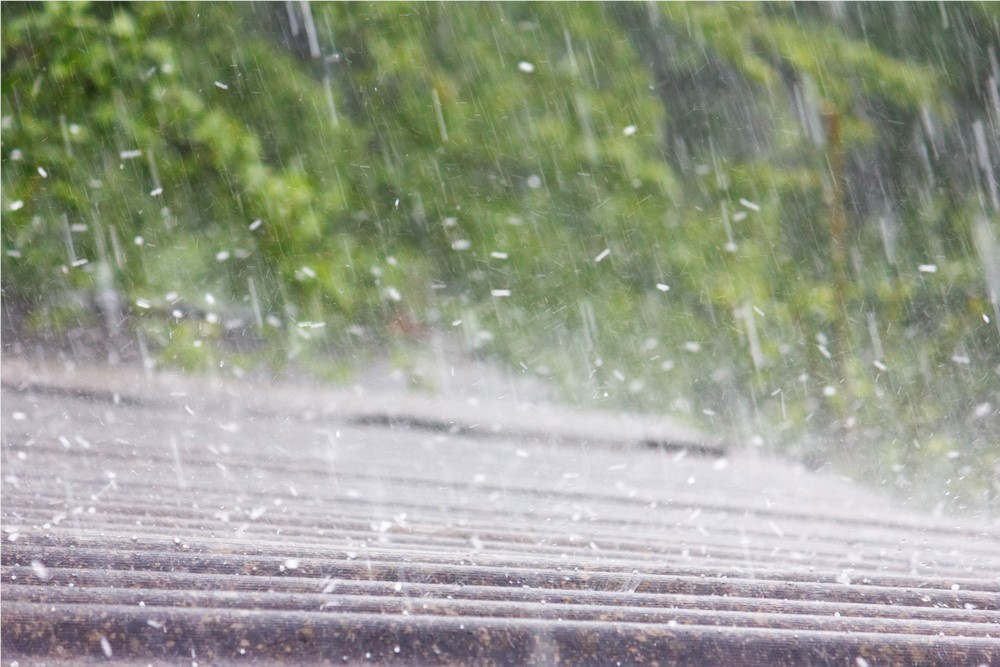
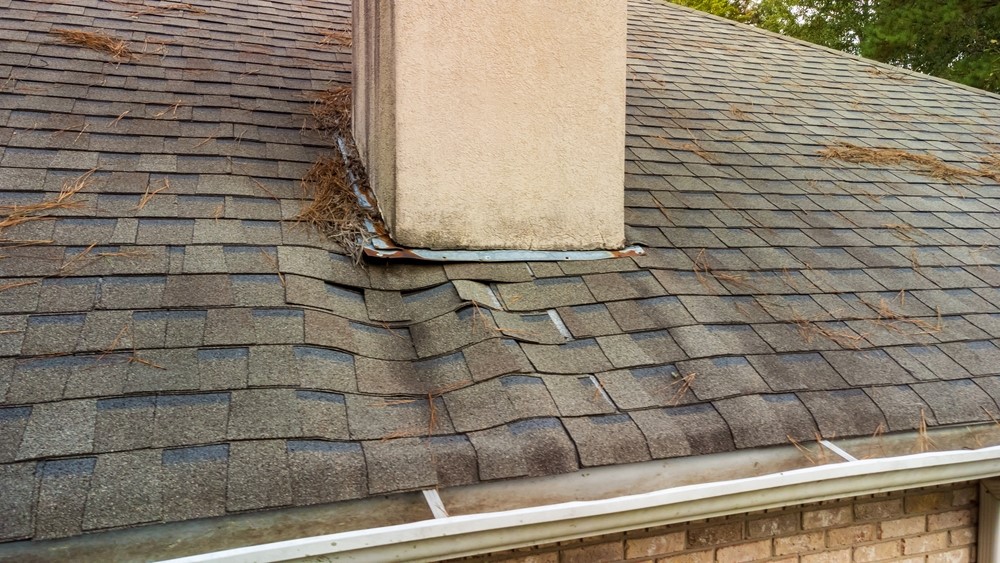
Comments